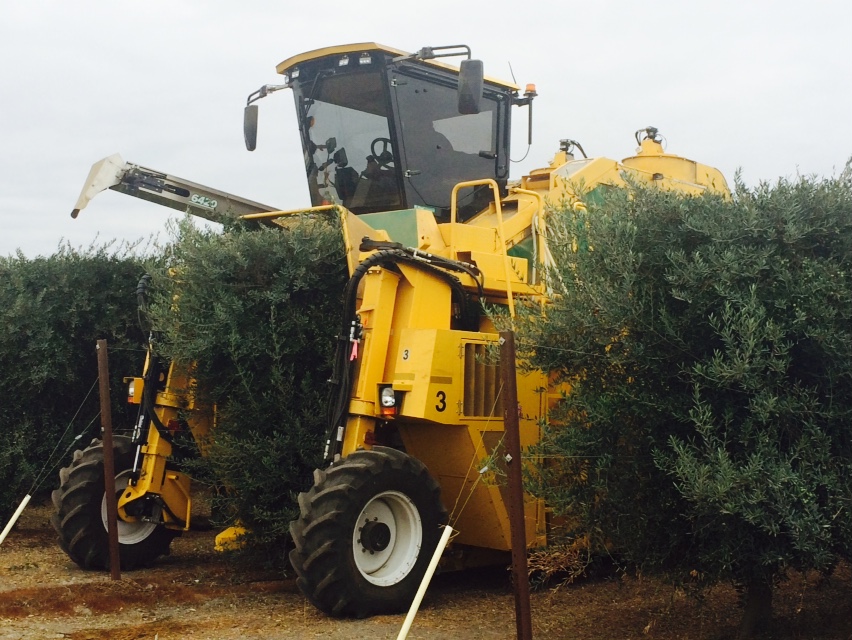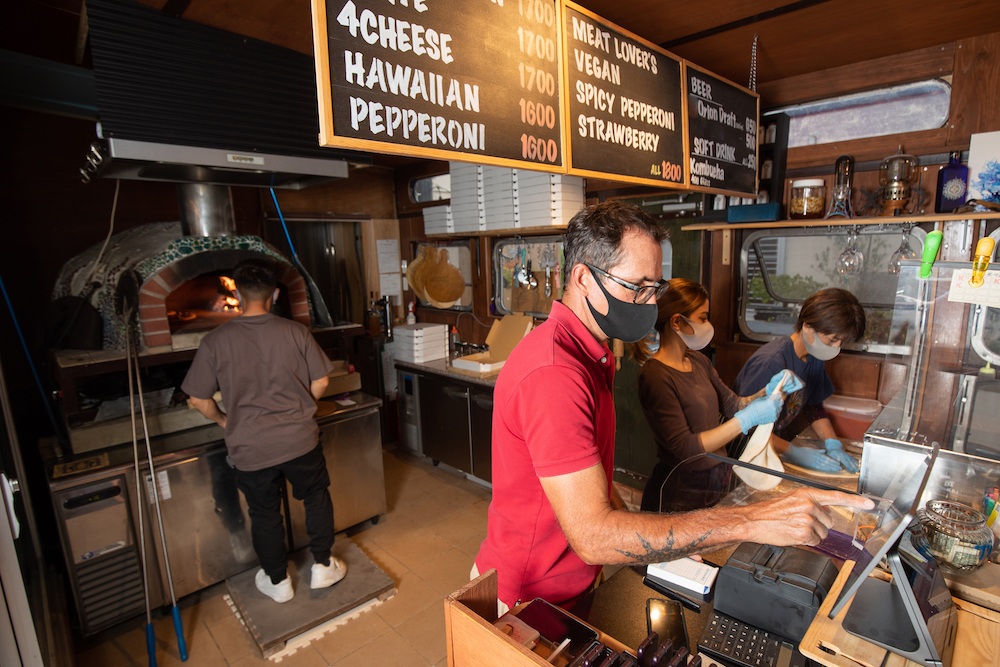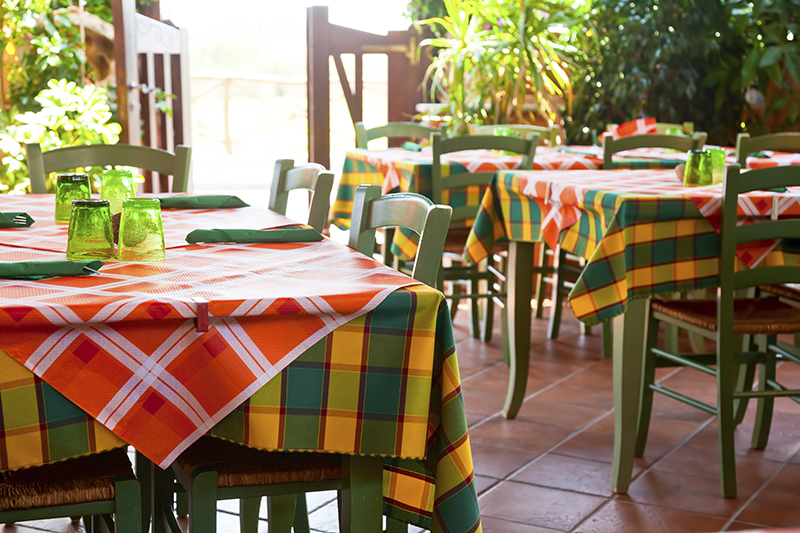A Walk Through the Olive Groves
Story and photos by Liz Barrett Foster
Learning a delicious lesson about California-produced olive oil.
 Give me a loaf of bread and some good olive oil and I’m a happy girl. Ask me to choose the best olive oil from dozens of bottles on the grocery store shelf, however, and I’m lost. Confusing terms, stamps, dates, and a plethora of package choices make selecting an olive oil nearly impossible. Most people, including myself, usually grab the oil they’ve purchased in the past, or the one on special that week.
Give me a loaf of bread and some good olive oil and I’m a happy girl. Ask me to choose the best olive oil from dozens of bottles on the grocery store shelf, however, and I’m lost. Confusing terms, stamps, dates, and a plethora of package choices make selecting an olive oil nearly impossible. Most people, including myself, usually grab the oil they’ve purchased in the past, or the one on special that week.
So last November, when I was invited to attend an olive oil tour hosted by Corto Olive Co. and the Cortopassi family in Lodi, California, I couldn’t say yes fast enough. Maybe I’d finally be able to decipher the olive oil code.
 During a tour of Corto’s olive groves led by Corto field manager Paul Busalacchi, I got an up-close look at the machines that are used to harvest the olives every fall. I climbed aboard for a bird’s-eye view atop one of the harvesters and rode along as the giant machine straddled the olive trees, shook off the just-green fruits and deposited them in the back of a nearby truck.
During a tour of Corto’s olive groves led by Corto field manager Paul Busalacchi, I got an up-close look at the machines that are used to harvest the olives every fall. I climbed aboard for a bird’s-eye view atop one of the harvesters and rode along as the giant machine straddled the olive trees, shook off the just-green fruits and deposited them in the back of a nearby truck.
Unlike some places in the world where olives are traditionally left to fall from the trees before being  harvested and made into oil, in California, olives are harvested from the trees in the fall, at the peak of freshness, and rushed to the factory. The faster the olives can be turned into olive oil the better, according to those working at Corto.
harvested and made into oil, in California, olives are harvested from the trees in the fall, at the peak of freshness, and rushed to the factory. The faster the olives can be turned into olive oil the better, according to those working at Corto.
With that in mind, we didn’t waste any time. After the grove tour, our group was back on the bus and on the way to the mill. We were in a race against the olives that were just harvested—we wanted to beat them to the production line.
 At the mill, after we donned our scientist gear (I love a lab coat), Corto president Brady Whitlow took us through the olive oil production process, from offloading to multiple cleansings, crushing, separating and boxing. Yes, I said boxing. At Corto, there’s an ingenious bag-in-box package, similar to boxed wine, that keeps any and all light and air out of the olive oil. I think I was more impressed than most of the group with this. I had never seen olive oil packaged that way before.
At the mill, after we donned our scientist gear (I love a lab coat), Corto president Brady Whitlow took us through the olive oil production process, from offloading to multiple cleansings, crushing, separating and boxing. Yes, I said boxing. At Corto, there’s an ingenious bag-in-box package, similar to boxed wine, that keeps any and all light and air out of the olive oil. I think I was more impressed than most of the group with this. I had never seen olive oil packaged that way before.
After touring the production line, Corto master miller David Garci-Aguirre walked us through an olive oil blind tasting, which was enlightening, to say the least. When you taste olive oil all by itself in a glass, you’re able to taste its true flavor—for better or for worse. And the difference between fresh and old olive oil is night and day. Imagine eating a fresh olive or drinking a glass of canola oil. That’s basically what the comparison boils down to in my mind. If you have some olive oil sitting around in the pizzeria or at home, close your eyes and drink a spoon of it. What do you taste?
or for worse. And the difference between fresh and old olive oil is night and day. Imagine eating a fresh olive or drinking a glass of canola oil. That’s basically what the comparison boils down to in my mind. If you have some olive oil sitting around in the pizzeria or at home, close your eyes and drink a spoon of it. What do you taste?
 The tour wasn’t all hard work and sipping glasses of olive oil. What fun would that be, right? We also enjoyed wonderfully delicious meals that centered around olive oil. Menu highlights included bruschetta with oven-dried tomatoes, fresh ricotta and a drizzle of olive oil; pan roasted halibut sautéed in olive oil and served with chanterelles and herbed farro; and olive oil gelato and biscotti. It’s amazing how versatile fresh olive can be in any menu course.
The tour wasn’t all hard work and sipping glasses of olive oil. What fun would that be, right? We also enjoyed wonderfully delicious meals that centered around olive oil. Menu highlights included bruschetta with oven-dried tomatoes, fresh ricotta and a drizzle of olive oil; pan roasted halibut sautéed in olive oil and served with chanterelles and herbed farro; and olive oil gelato and biscotti. It’s amazing how versatile fresh olive can be in any menu course.
So, what did I learn from my olive oil tour? I admit that I used to see California olive oil in the grocery store and scoff at it. Olive oil from California? Really? But, after this tour, it all began to make sense. Just like with local produce, the closer you are to a product’s source and the fresher you can keep it, the better it’s going to taste. It’s the same reason we see production dates on olive oils from overseas. They want you to know how fresh it is. When an oil is produced Stateside, it should naturally be fresher due to the distance it doesn’t need to travel. Add to it the fact that producers in California are picking and milling olives at the peak of freshness, and I had a whole new perspective on olive oils produced in America.
Read my article covering domestic olive oils in the March issue of PMQ at PMQ.com.
An enlightening look at California's olive oil industry through a video created by the California Olive Oil Council.















